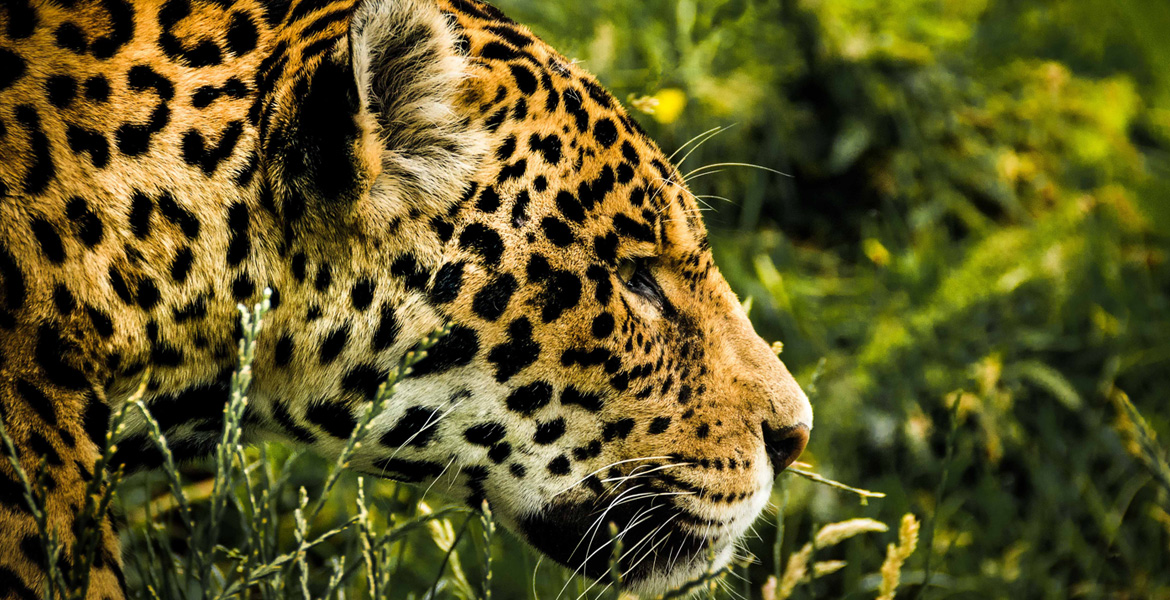
Awesome Services
Animal Communication: Beyond Language
While humans communicate with words, animals use a range of methods to convey messages. Birds sing, wolves howl, and insects release chemical signals. These communication methods are crucial for finding food, attracting mates, and warning others of danger.
The food chain is a vital part of nature, with each animal playing a specific role as predator or prey. This delicate balance ensures that energy flows through ecosystems, supporting life at every level, from tiny insects to large carnivores.


Animal Migration: A Journey Across the Globe
Communication in the Animal Kingdom
Animals communicate in a variety of ways, from vocalizations and body language to chemical signals. Whether it's the songs of whales or the dances of bees, these methods allow animals to find mates, signal danger, and convey complex messages within their species.
Animal Intelligence: More Than Instinct
While many animals rely on instinct, some exhibit remarkable levels of intelligence. Species like dolphins, elephants, and primates have been shown to use tools, solve problems, and even demonstrate emotions, challenging our understanding of animal cognition.
Predators and Prey: The Circle of Life
The predator-prey relationship is one of the most fundamental dynamics in nature. This interaction helps regulate populations, ensuring that ecosystems remain balanced. Predators play a vital role by controlling the numbers of herbivores, which in turn preserves plant life.
Conservation and the Future of Wildlife
As human activity continues to impact the environment, the conservation of wildlife has become more important than ever. Protecting endangered species and their habitats is critical for preserving biodiversity, which in turn supports the health of ecosystems worldwide.
The Evolutionary Journey of Animals
The animal kingdom has undergone an extraordinary evolutionary journey, with species adapting over millions of years to changing environments. From the earliest life forms in the oceans to today’s land and air dwellers, evolution has shaped the animals we see today.
